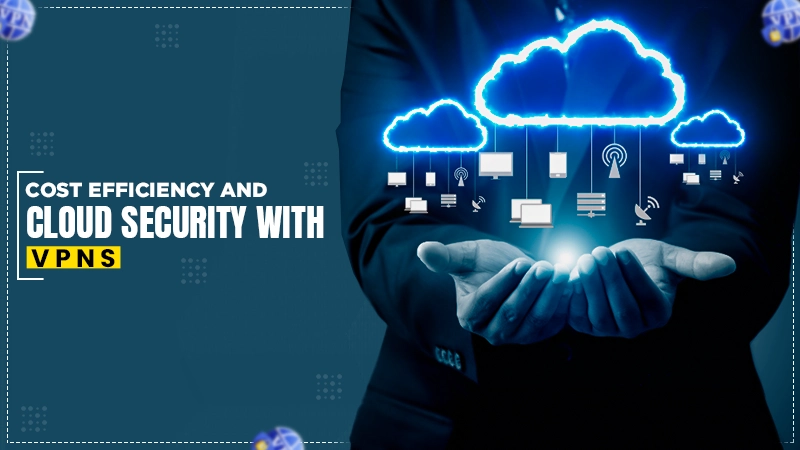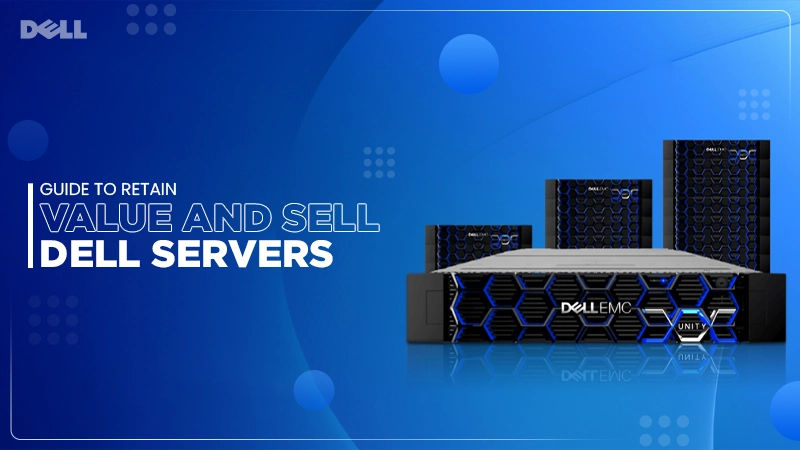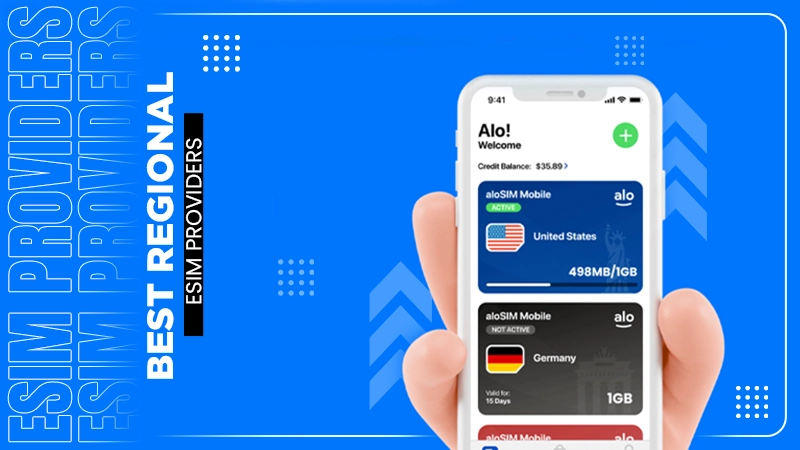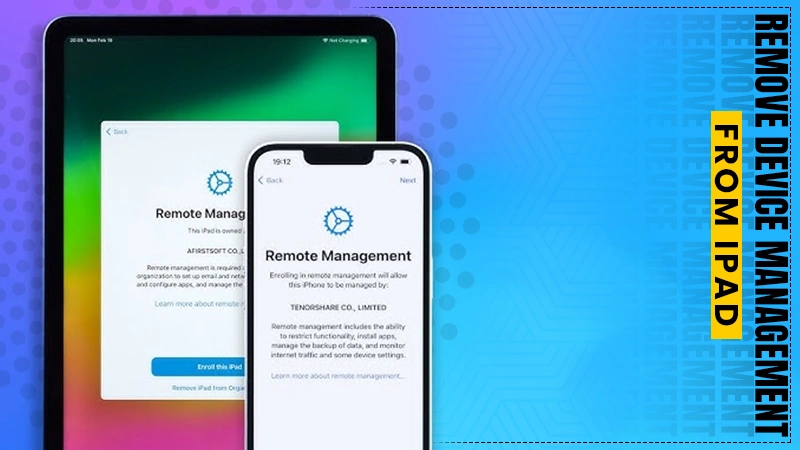Enhance Online Maximum Security in Your Home
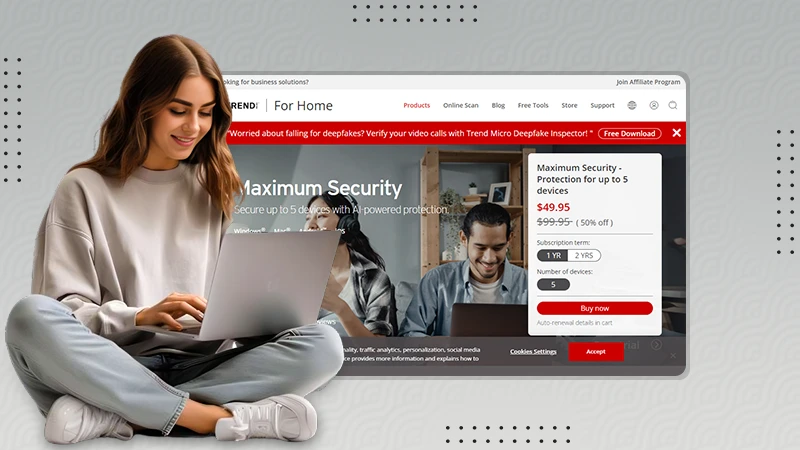
As technology continues to evolve at a rapid pace, so does the risk associated with network security. From malware and data breaches to even some malicious hacks, these threats have been ever-present in the market.
In fact, according to some recent cybersecurity statistics, there are about 2,200 cyberattacks in a day, with an all-around average of 39 seconds per day.
And, this is why, protecting your online presence is crucial for maintaining a secure online presence for you and your family. So, in this read, I’m going to deep down into some critical steps you can take to fortify your home network and navigate all these cyber threats.
Understanding the Need for Maximum Security
Maximum security in the digital world is all about securing everything of yours correctly, from your home network to devices and data. Cyber threats are dynamic and constantly evolving. The real risks — phishing, ransomware, and the seriousness of the negative impact.
Achieving maximum security at home requires a proactive approach, combining technology, best practices, and a mindset focused on digital safety.
Secure Your Home Network
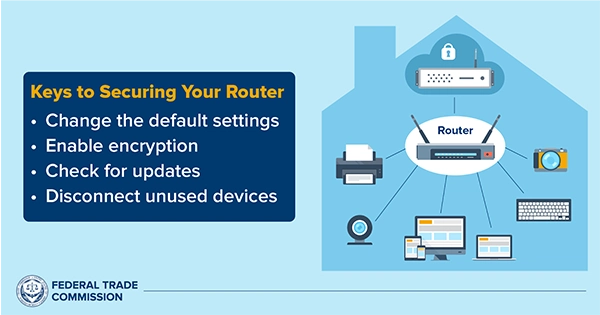
- Default Router Settings: The first and probably the most critical step you can take to enhance your home network’s security is to change your router’s default login credentials. This will anyone away from having direct access to your router’s settings.
And, to do so, you must go ahead to your router’s settings by typing its IP address into the search bar. Or, you can also use the dedicated app by the providers to access the same settings.
- Enable Network Encryption: Strong encryption will help prevent any unauthorized user from accessing your data. So, make sure your Wi-Fi supports some modern encryption protocols, such as WPA2 or WPA3.
- Regularly Update Firmware: While selecting a router, make sure that the manufacturer releases some regular updates more frequently. As it often includes security patches and bug fixes to make your network more vulnerable to the network.
- Create a Guest Network: If your network is frequently accessed by some visitors, make sure to use the guest network feature. This will keep your primary network isolated and secure.
Do You Know?
According to the Norton Antivirus, more than 75% of cyberattacks start with a simple Email, which makes phishing the primary vector for cybercrime.
Protect Your Smart Devices
- Secure Device Passwords: A password that is long and complex can significantly discourage attempts to break into your system. So, try creating a password that is long with a complex combination of all the uppercase letters, lowercase letters, symbols, and numbers.
- Update Device Software: Stay up to date with all the software updates from your device manufacturer. As they are always making efforts to make your device more secure.
- Disable Unused Features: Always make sure to disable any feature that you’re not using, as it can also welcome some unwanted cyber threats.
- Use Reputable Devices and Apps: Use apps that are reputable in the market or that focus on protecting the user’s personal information.
Enhance Online Privacy
- Use a Virtual Private Network (VPN): Do you know that your Internet Service Provider (ISP) or the web browser you use can collect the data of your online activity (Even if you’re on incognito)? Or, they may also sell it to advertisers, scammers, or the government.
And, this is why it is essential to use a virtual private network (VPN) to encrypt your network so that no one can see where you have been.
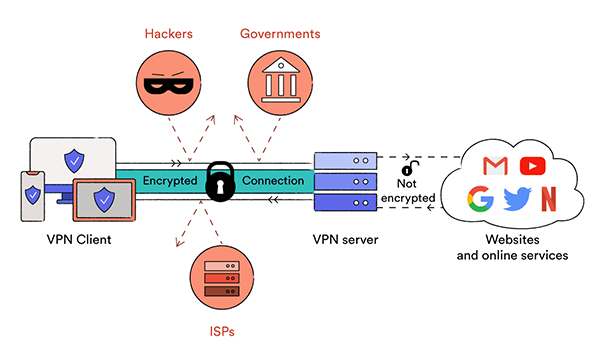
- Enable Two-Factor Authentication (2FA): 2FA is a secondary security measure that makes sure that the user is authentic. This helps you protect your personal information even if you’ve mistakenly shared your password in a phishing scam.
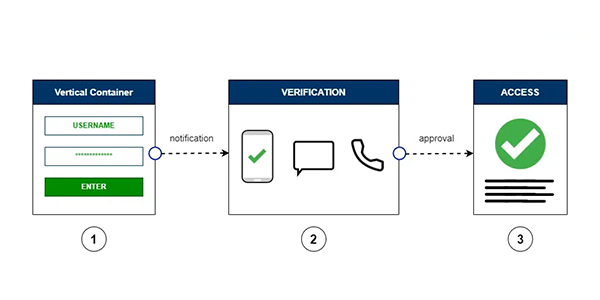
- Be Wary of Phishing Scams: Be conscious of all the unsolicited requests for your personal information, whether it’s over the phone, internet, or email.
- Monitor Your Online Accounts: Monitor all of your online accounts, whether on social media, google, or any other software, and check if any unauthorized access has been managing your account.
- Implement Advanced Security Tools: Leverage a smart endpoint security tool that uses AI (Artificial Intelligence) and ML (Machine Learning) algorithms to respond to any potential threat quickly.
- Install Comprehensive Security Software: Use powerful security software that protects your network from malware, viruses, and any unauthorized access that may put your system at risk.
- Use a Password Manager: Leverage a password manager tool to store, manage, and protect your password in a secure location.
- Invest in a Smart Firewall: A strong firewall helps you filter out all the incoming and outgoing traffic of your network. This also helps in blocking all potential malicious connections and protecting your device from cyber threats.
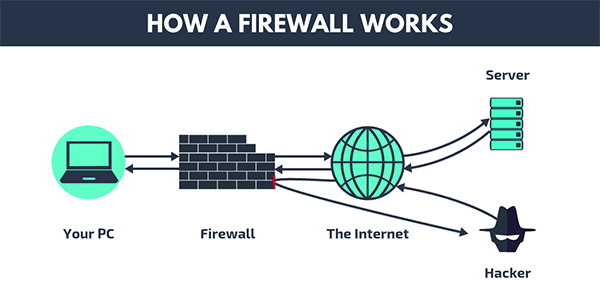
- Consider Professional Monitoring: Another major step you can take to enhance your online privacy is by taking the help of a professional. Not only they will help you recognize the potential loopholes in our system, but also help strengthen it.
Conclusion
In closing, creating a secure home network is essential, especially in this interconnected world, where the impact of a security breach is significant. and, by implementing the above-mentioned measures in this article, you can ensure maximum security that protects all of your valuable data. Moreover, you can always take the professional help of a cybersecurity expert to help strengthen your system.
Also Read: Brand Engagement with Social Media



